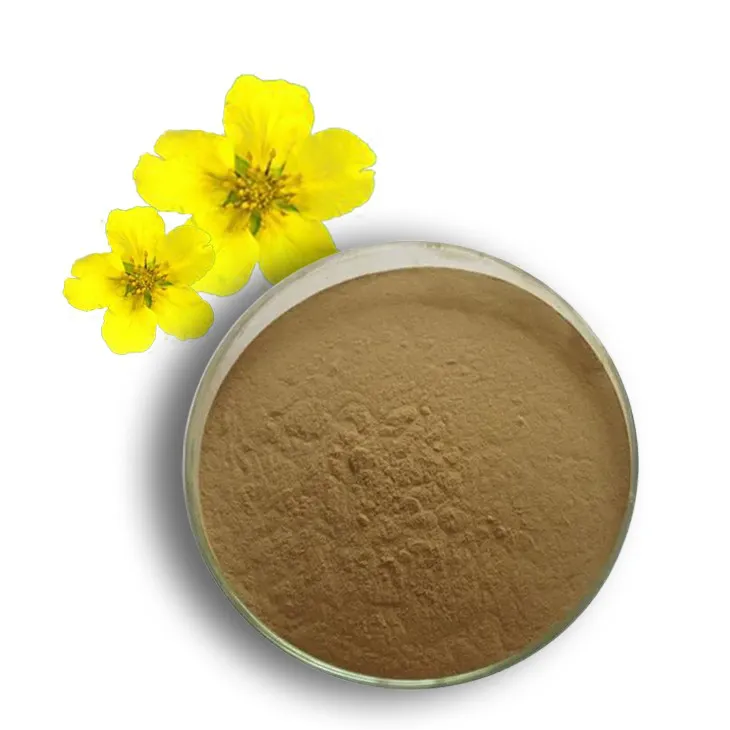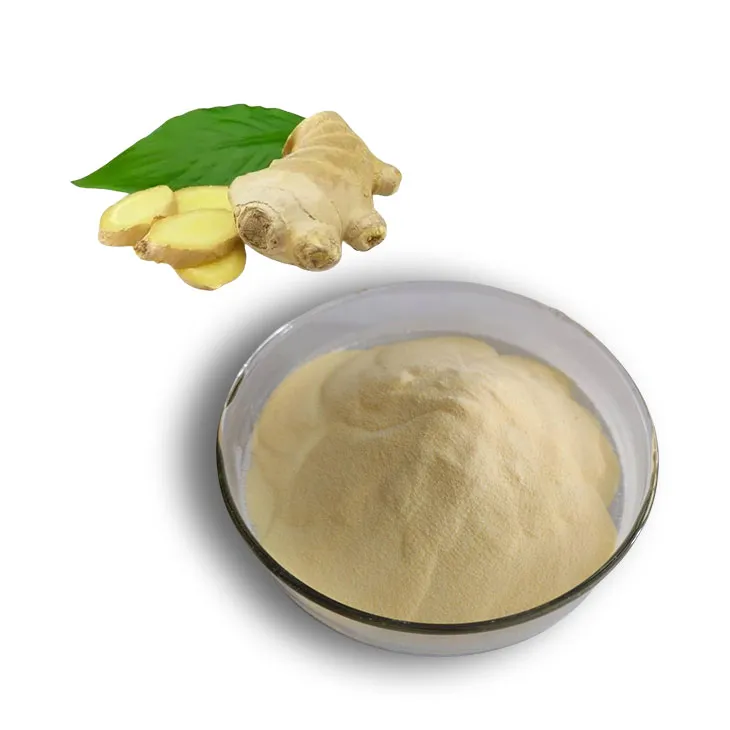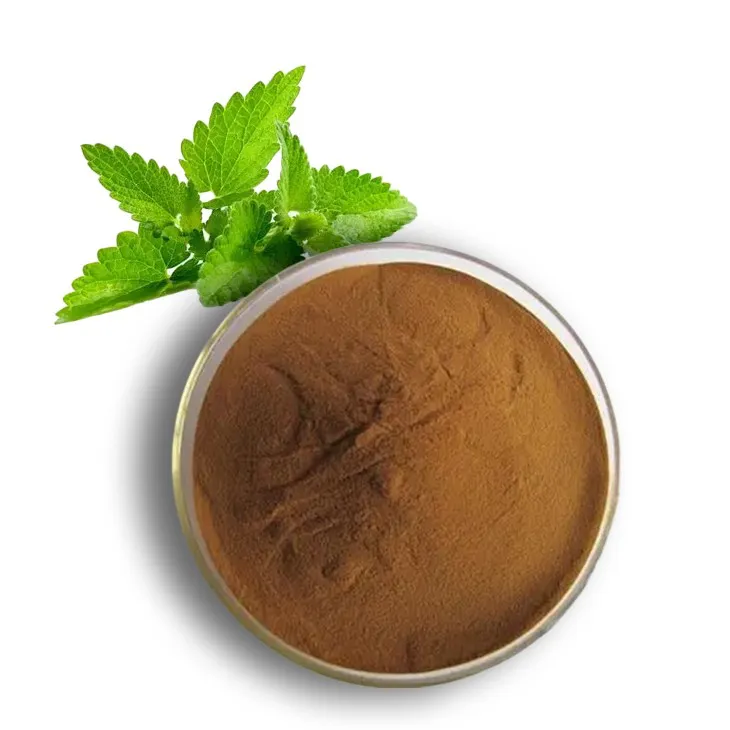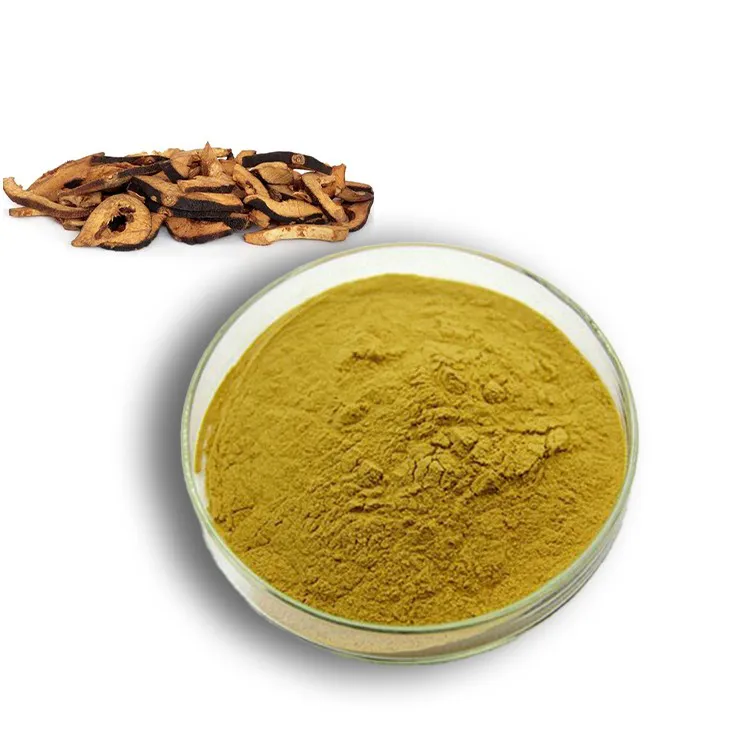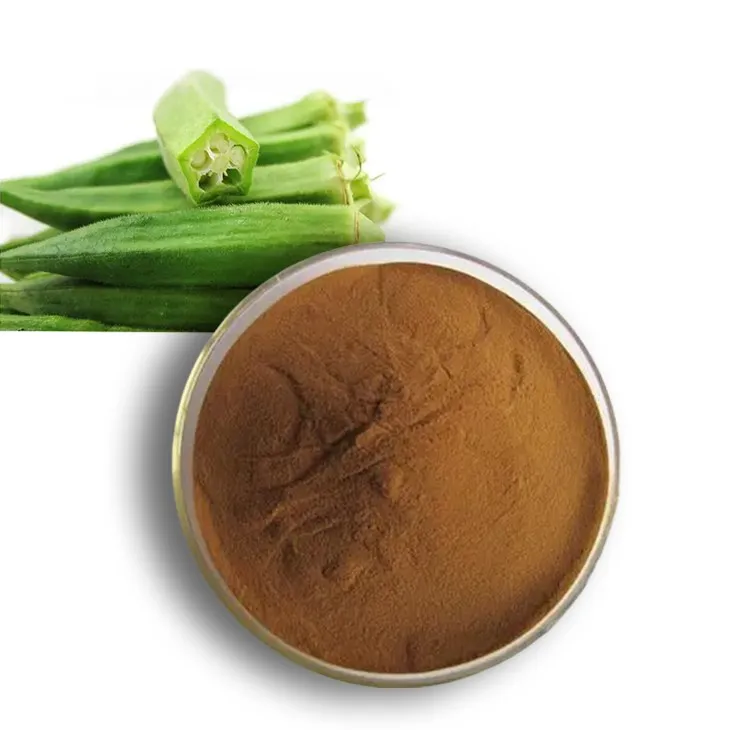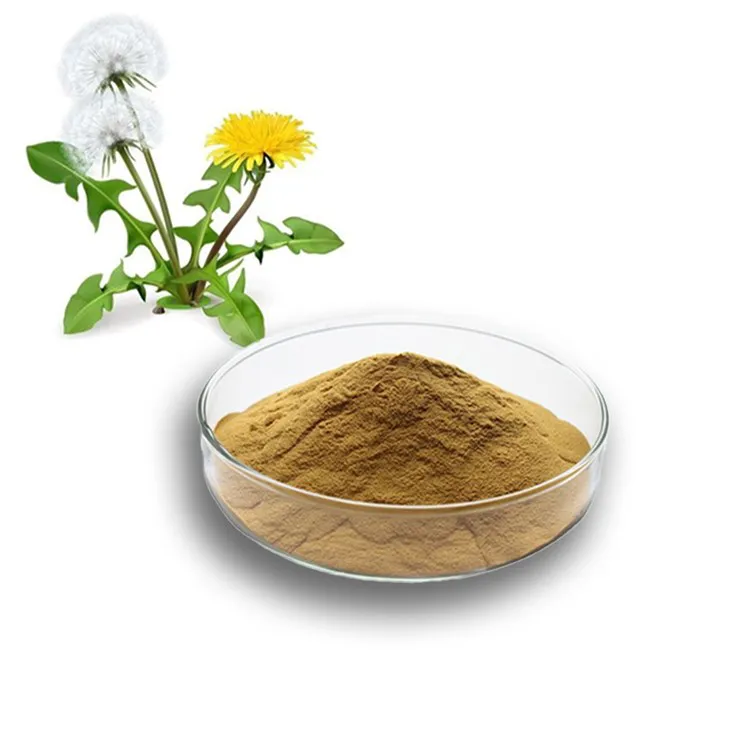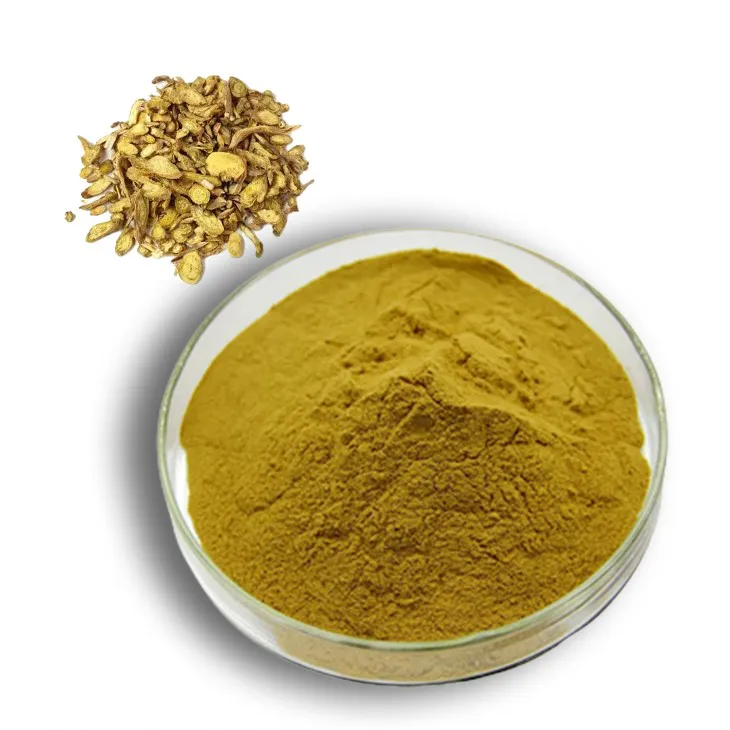- 0086-571-85302990
- sales@greenskybio.com
What Foods Have Sea Buckthorn?
2025-10-25
Sea buckthorn (Hippophae rhamnoides) is a vibrant orange berry harvested from shrubs commonly found across Europe and Asia, especially in coastal regions, mountains, and dry sandy soil. While historically used in traditional medicine, it has recently become popular worldwide for its rich nutritional profile—packed with vitamins C, E, and K; omega-3, -6, -7, and -9 fatty acids; carotenoids; and powerful antioxidants.
With the rise of superfoods and functional wellness products, more consumers are asking: What foods contain sea buckthorn, and how can they be incorporated into daily diets? This comprehensive article examines the many forms sea buckthorn takes across the culinary landscape and explores how manufacturers and home cooks use it to enhance flavor and nutrition.
What Is Sea Buckthorn and Why Is It Used in Food?
Sea buckthorn berries are known for their strong, tart, and slightly citrus flavor. Their nutritional composition makes them an attractive ingredient in modern food innovation. They contain:
Up to 10 times more vitamin C than oranges
All essential omega fatty acids, including the rare omega-7
High levels of polyphenols and antioxidants
Over 200 bioactive compounds
Because of these properties, sea buckthorn is added to foods not only for taste but also as a functional ingredient supporting:
Skin and cellular health
Heart and liver function
Digestive wellness
Immune system strength
Anti-inflammatory benefits
Producers around the world now use sea buckthorn in various formats—from fresh berries to concentrated oils—to enhance both health value and sensory appeal.
Which Fresh Foods Contain Sea Buckthorn?
Although fresh sea buckthorn is not widely available in mainstream supermarkets, it is commonly found in:
Farmer’s markets in northern Europe, Russia, and Mongolia
Health food stores specializing in fresh or frozen berries
Home gardens in colder climates
Fresh berries are often consumed:
Mixed with yogurt or cereal
Added to salads for acidity
Boiled into syrup or puree
Their intense tartness means they are rarely eaten alone, but fresh berries offer the highest raw nutrient density, especially vitamin C.
What Beverages Contain Sea Buckthorn?
One of the most popular uses is in beverages. Sea buckthorn appears in:
Juices and Nectar
Made from pressed berries and sometimes sweetened to balance acidity. Common in Europe, China, and increasingly in natural grocery chains.
Teas
Herbal loose-leaf blends containing dried berries or leaves
Ready-to-drink bottled teas for immune support
Smoothies
Added as puree, frozen berries, or juice for nutrition and bright color.
Fermented Drinks
Kombucha with sea buckthorn for a tangy boost
Traditional Russian fermented berry drinks like mors
Alcoholic Beverages
Sea buckthorn is also used in:
Craft beers and sour ales
Infused vodkas and gins
Fruit wines and liqueurs
The berry’s acidity and fragrance make it compatible with both wellness beverages and artisanal alcohol products.
Are Sea Buckthorn Berries Used in Breakfast Foods?
Absolutely. Sea buckthorn is increasingly incorporated into breakfast items where fruit flavors are welcome:
Jams and spreads: Sometimes combined with apple or apricot
Muesli and granola: Dried berries provide a tart punch
Yogurt mixes: Purees are swirled into dairy or plant-based yogurts
Baked goods: Muffins, scones, and pastries use dried or fresh berries
Sea buckthorn preserves are popular because heat breaks down some of the sourness while maintaining nutrients and bright color.
What Types of Desserts Feature Sea Buckthorn?
Chefs in fine dining and Nordic cuisine frequently spotlight sea buckthorn in desserts due to its vivid orange color and sharp flavor contrast. Culinary examples include:
Sorbet and ice cream
Cheesecake toppings
Macarons and mousse fillings
Layer cakes and tarts
Chocolate confections—especially white chocolate pairings
Its natural pectin content also allows sea buckthorn to create smooth gels in pastry fillings and panna cottas.
Is Sea Buckthorn Used in Savory Dishes?
Though less common, sea buckthorn is increasingly valued in savory applications, especially in Nordic cuisine, where chefs use acidity as a balancing component.
Examples include:
Sauces for fish dishes: Particularly rich seafood like salmon or scallops
Marinades and vinaigrettes
Glazes for poultry
Gourmet soups featuring root vegetables and citrus-forward notes
Its bright tang can replace lemon or vinegar in creative preparations, bringing both acidity and nutrients.
What Packaged Snack Foods Contain Sea Buckthorn?
Food manufacturers are innovating with sea buckthorn in snack category products such as:
Fruit bars and energy bites
Dried fruit mixes
Chewy candies and lozenges
Nutrient-enhanced chocolate bars
Gummies marketed for skin and immune support
Its association with wellness makes it ideal for functional snack branding.
Is Sea Buckthorn Found in Supplements and Functional Foods?
Yes—this is currently one of its largest commercial markets.
Common supplement formats include:
Softgel capsules with Sea buckthorn oil (omega-7)
Powders made from freeze-dried berries
Gummies with added vitamins
Immune support shots containing juice concentrate
These products focus on its medicinal properties more than flavor.
Health claims frequently associated with sea buckthorn supplements include:
Skin hydration and anti-aging support
Cholesterol and cardiovascular health
Hormonal and metabolic balance
Antioxidant defense
Although more scientific research is still needed to validate some claims, demand continues to grow rapidly.
How Is Sea Buckthorn Used in Oils, Condiments, and Culinary Extracts?
Sea buckthorn oil
Extracted from either the seeds or pulp, this oil is used in:
Salad dressings and finishing oils
Nutrient boosts for soups or smoothies
Skin/beauty applications (dual-use products)
Seed oil is milder, while pulp oil has stronger flavor and deeper color.
Sauces, chutneys & pastes
These are popular in:
European gourmet food markets
Specialty health stores
Restaurants focusing on local ingredients
Powder and Extracts
Easy to sprinkle into:
Oatmeal
Protein shakes
Homemade wellness snacks
Extracts allow food producers to add nutritional value without altering texture significantly.
Is Sea Buckthorn Used in Vegan and Plant-Based Foods?
Yes—and this is a growing trend. Sea buckthorn aligns perfectly with plant-based nutrition due to its:
High antioxidant density
Naturally occurring omega fats (a rarity among fruits)
Bright, fruity acidity ideal for balancing rich vegan foods
It appears in:
Plant-based yogurts and kefirs
Vegan cheeses and spreads
Nutritional fortified bars
Non-dairy gelatos and desserts
Brands often highlight sea buckthorn as a clean-label superfood ingredient.
Are There Cultural and Regional Foods Traditionally Made with Sea Buckthorn?
Sea buckthorn has centuries of culinary heritage in regions where the plant thrives.
Russia & Eastern Europe
Berry preserves, syrups, vitamin teas
Mors—a traditional fruit drink
Medicinal tonics used for colds and fatigue
Tibet & Mongolia
Integrated into Ayurvedic-inspired remedies
Juices used for stamina and recovery
Nordic Countries
Featured in New Nordic Cuisine
Picked locally during autumn harvest season
These traditional practices are now influencing global culinary trends.
Can Sea Buckthorn Be Used in Homemade Recipes?
Enthusiastic home cooks enjoy incorporating it into recipes like:
Chutneys with ginger and spices
Fruit leather for kids’ snacks
Vinegars and concentrated syrups
Glazed root vegetables
Cocktail mixers such as margarita or gin infusions
Its versatility allows experimentation across both sweet and savory cooking.
What Should Consumers Consider When Buying Sea Buckthorn Foods?
Because sea buckthorn has a potent flavor and high nutrient concentration, the following tips are helpful:
| Purchase Type | What to Look For |
|---|---|
| Juices/nectars | Minimal added sugar, cold-pressed if possible |
| Oils | CO₂ extracted, dark-bottle packaging for freshness |
| Powders | Freeze-dried with no fillers |
| Supplements | Third-party testing and clear sourcing |
| Snacks | Authentic sea buckthorn content, not artificial flavors |
Additionally, many premium sea buckthorn products are organic due to the shrub’s ability to thrive in low-input environments.
Where Can You Find Foods That Contain Sea Buckthorn?
Availability varies by region, but products are most commonly found in:
Health food stores and wellness markets
Specialty European import stores
Online retailers and supplement shops
High-end restaurants using local ingredients
Farm co-ops near coastal/cliffside regions where sea buckthorn grows
As demand rises, more mainstream retailers are beginning to carry sea buckthorn-based beverages, snacks, and beauty-nutrition products.
Is Sea Buckthorn Safe and Who Should Use Caution?
Sea buckthorn is generally safe when consumed in food quantities. However, individuals with:
Bleeding disorders
Low blood pressure
Scheduled surgery
should consult a medical professional due to potential interactions with blood-thinning and pressure-lowering effects.
Those new to the fruit should begin with small servings to allow their digestion to adjust to the high acidity.
Why Is Sea Buckthorn Becoming More Common in Food Products?
Several market trends are driving its rapid adoption:
Rising interest in superfoods and immune-boosting ingredients
Awareness of sustainable agriculture, as the shrub grows in poor soils
Plant-based nutrition and omega-7 popularity
Increasing influence of Nordic cuisine worldwide
Its unique balance of flavor, color, and nutritional value positions sea buckthorn as both a gourmet and functional ingredient.
Conclusion: What Foods Have Sea Buckthorn?
From juices and jams to fine-dining creations and functional supplements, sea buckthorn has emerged as a versatile superfruit with a growing global footprint. Its strong flavor requires thoughtful pairing, but the payoff is striking visual appeal and exceptional health benefits.
You can enjoy sea buckthorn in:
Beverages: juices, teas, kombucha, cocktails
Breakfast foods: yogurt, granola, spreads
Desserts: gelato, pastries, chocolates
Savory dishes: seafood sauces, marinades
Snacks: fruit bars, gummies
Supplements and oils: capsules, powders, concentrates
Whether you’re a chef, nutrition enthusiast, or curious consumer, sea buckthorn offers a flavorful path to wellness while opening the door to exciting culinary creativity.
Visit Greenskybio.com, a great article source where you can learn about Supplements and their health benefits, you also can get the latest food Supplements. Green Sky Bio provides the best extracts and supplements. It is a Chinese self-developed brand that is trustworthy! Welcome to email us to inquire about our products.
- ▶ Hesperidin
- ▶ Citrus Bioflavonoids
- ▶ Plant Extract
- ▶ lycopene
- ▶ Diosmin
- ▶ Grape seed extract
- ▶ Sea buckthorn Juice Powder
- ▶ Fruit Juice Powder
- ▶ Hops Extract
- ▶ Artichoke Extract
- ▶ Mushroom extract
- ▶ Astaxanthin
- ▶ Green Tea Extract
- ▶ Curcumin
- ▶ Horse Chestnut Extract
- ▶ Other Product
- ▶ Boswellia Serrata Extract
- ▶ Resveratrol
- ▶ Marigold Extract
- ▶ Grape Leaf Extract
- ▶ New Product
- ▶ Aminolevulinic acid
- ▶ Cranberry Extract
- ▶ Red Yeast Rice
- ▶ Red Wine Extract
-
Genistein
2025-10-25
-
Tormentil Extract
2025-10-25
-
Ginger Extract
2025-10-25
-
Nutmeg Extract
2025-10-25
-
Peppermint Extract Powder
2025-10-25
-
Hericium erinaceus extract powder
2025-10-25
-
Citrus Aurantii Extract
2025-10-25
-
Okra Extract
2025-10-25
-
Dandelion Leaf Extract
2025-10-25
-
Scutellaria Extract
2025-10-25












